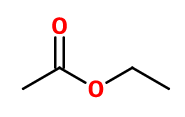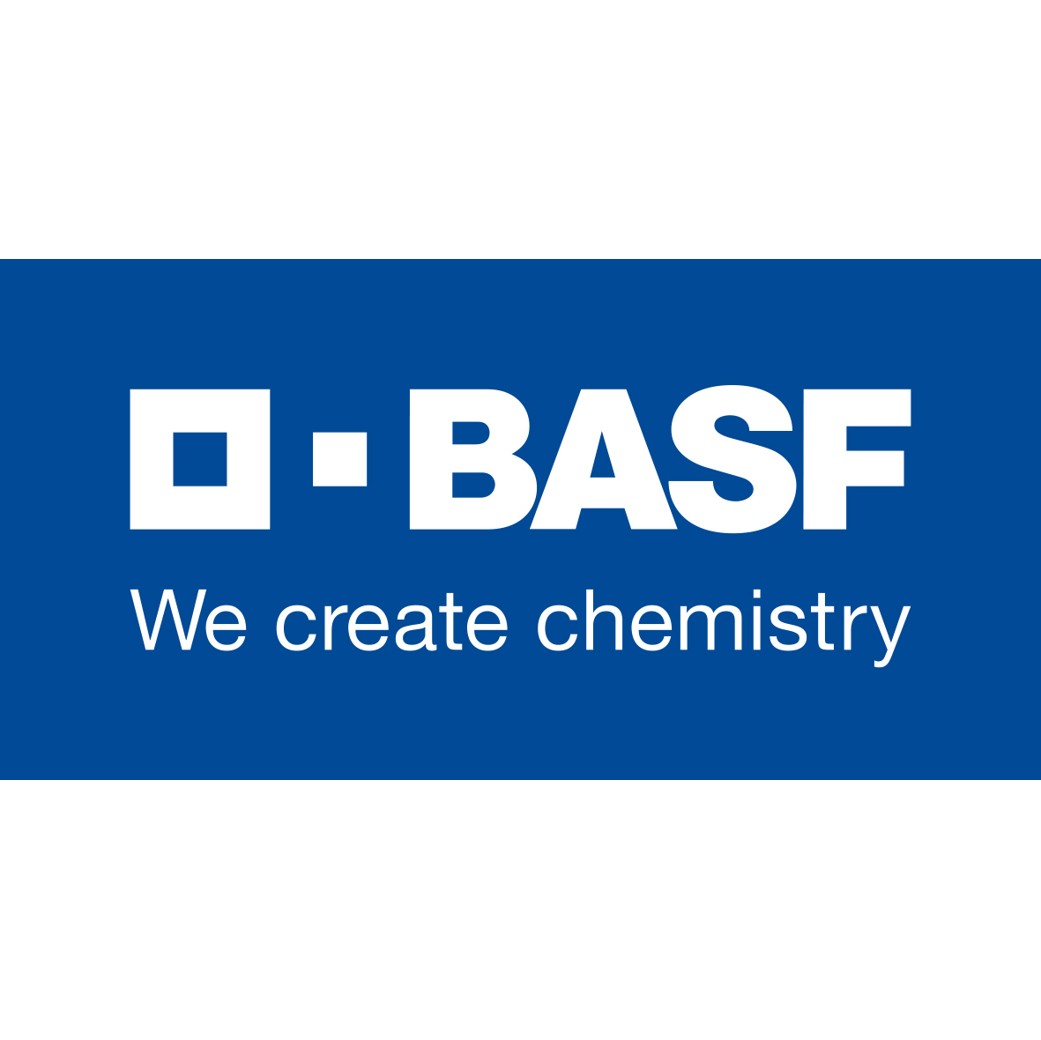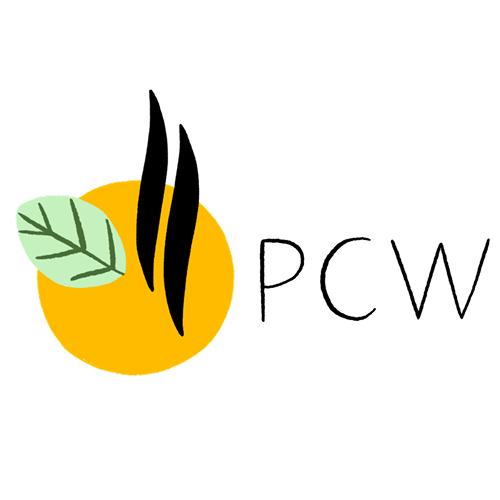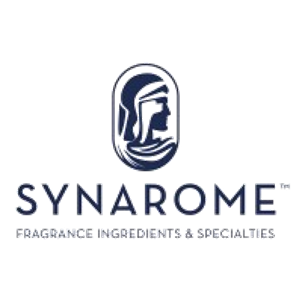
Photo credits: ScenTree SAS
| Company | Ingredient Name | ID | Comments | Naturality | Certifications | MOQ | Purity |
|---|---|---|---|---|---|---|---|
|
|
ETHYL ACETATE | 441E002000 |
Visit website
|
Synthetic Aroma Chemicals |

|
- | - |
General Presentation
-
CAS N° :
141-78-6 -
EINECS number :
205-500-4 -
FEMA number :
2414 -
FLAVIS number :
09.001
-
JECFA number :
27 -
Volatility :
Head -
Price Range :
€
Physico-chemical properties
-
Appearance :
Colorless liquid -
Density :
0,905 -
Refractive Index @20°C :
1.370 - 1.375 -
Optical rotation :
Data not available. -
Vapor pressure :
72.98 mmHg @20°C 111.98 mmHg @25°C -
Flash Point :
-4°C (24,8°F)
-
Molecular formula :
C4H8O2 -
Molecular Weight :
88,11 g/mol -
Log P :
0,73 -
Fusion Point :
-84°C (-119,2°F) -
Boiling Point :
77°C (170,6°F) -
Detection Threshold :
5 ppb et 5 ppm (0,0005%)
Chemistry & Uses
Uses in perfumery :
Ethyl acetate is used to add a top note to a fruity or citrus note. Allows to build green fruit accords such as pear or to reproduce liquor notes.
Year of discovery :
Data not available.
Natural availability :
Ethyl acetate is the most common aromatic compound in fruits. It can be extracted from many fruits and is present up to 11% in the essential oil of red mangrove wood, found in the maritime marshes.
Isomerism :
Acetoin is a constitutional isomer of Ethyl acetate. However, they have very different smells. Acetoin is more buttered than fruity.
Synthesis precursor :
Ethyl acetate is not a precursor to the synthesis of another compound of olfactory interest.
Synthesis route :
Ethyl acetate can be obtained synthetically by an esterification reaction of acetic acid or acetic anhydride with ethanol, in the presence of an acid catalyst.
Stability :
acetates may form acetic acid through time
Other comments :
Data not available.
IFRA
IFRA 51th :
This ingredient is not restricted for the 51th amendment
















